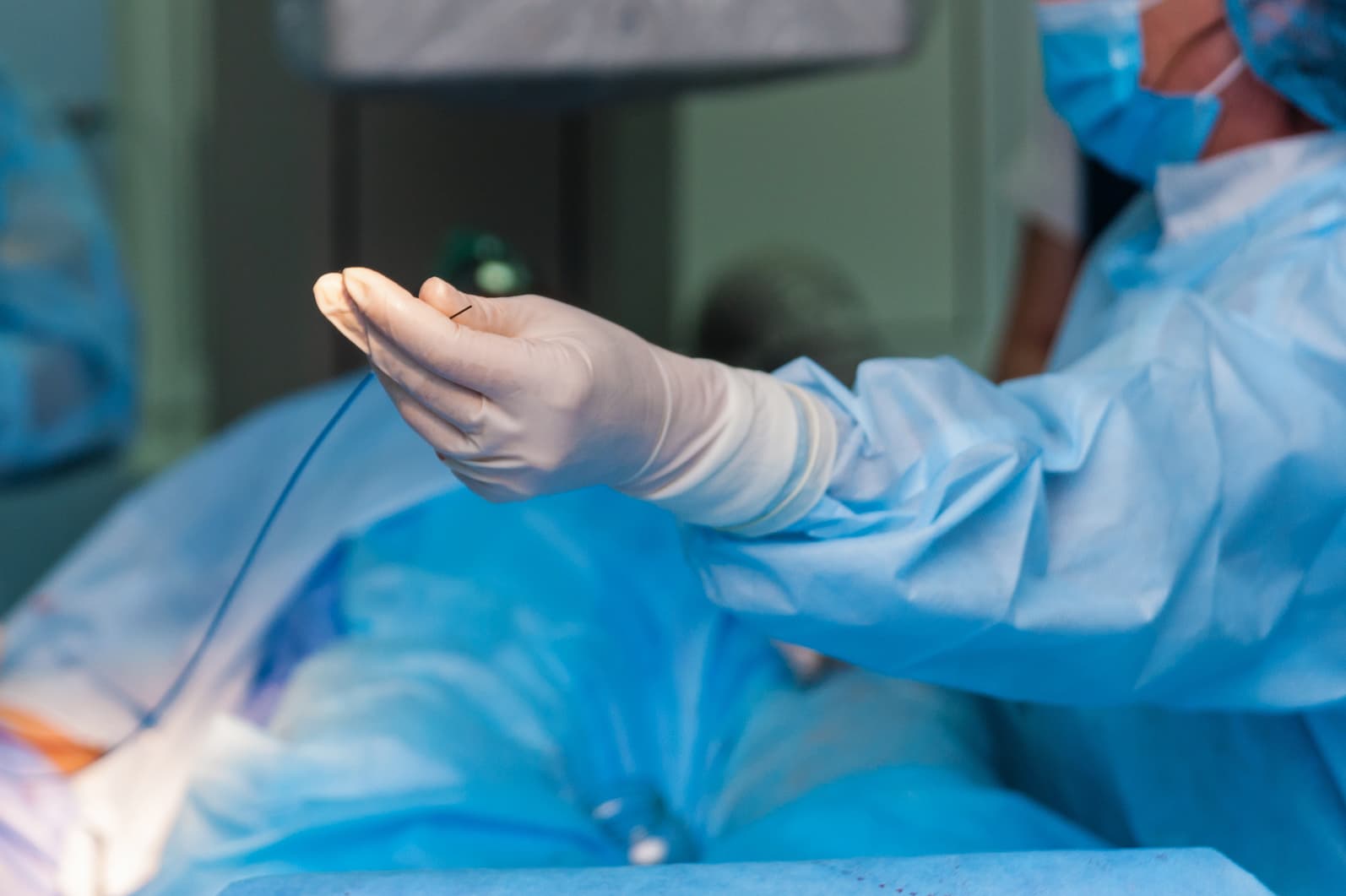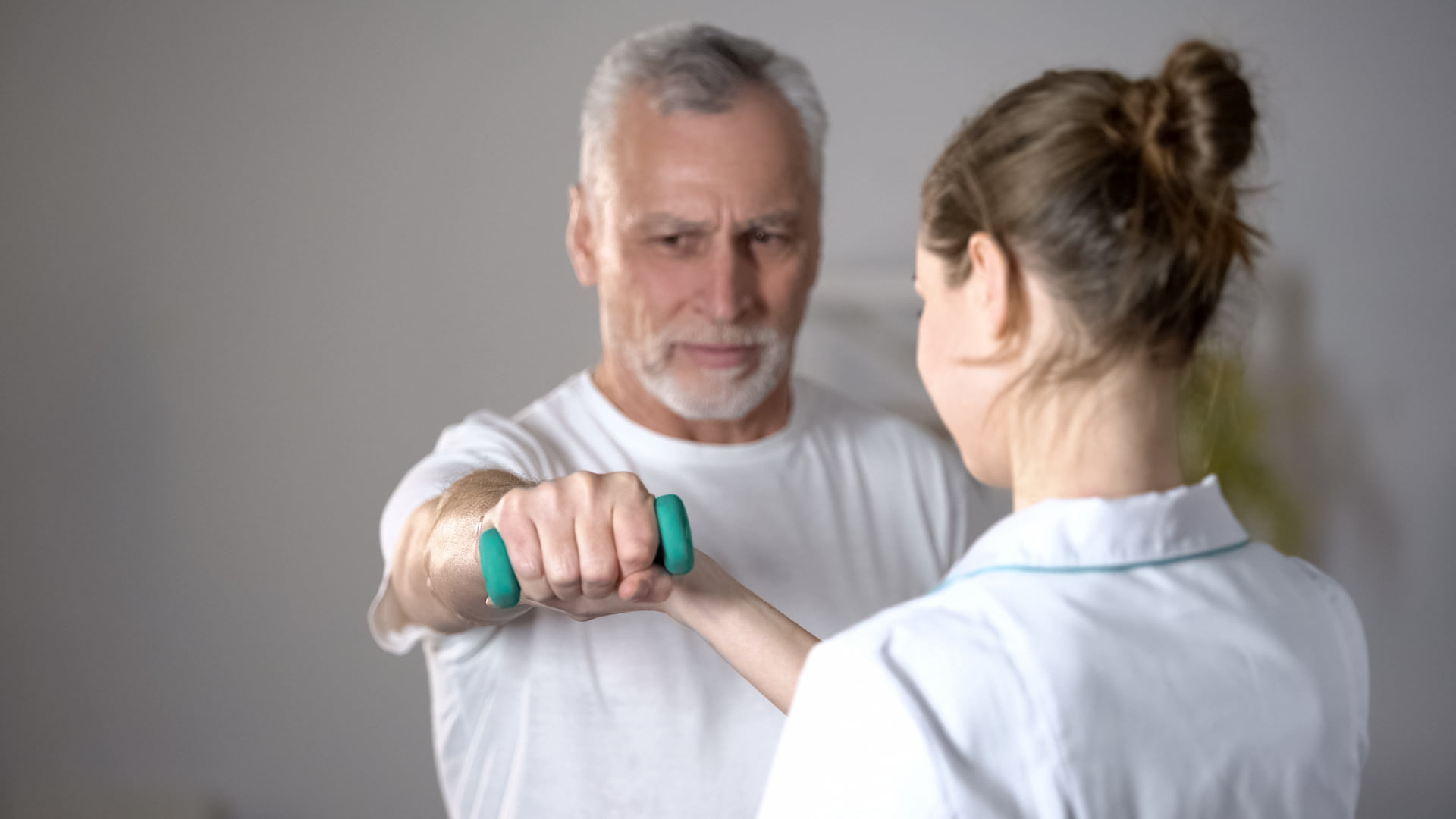
Angioplasty Recovery
Angioplasty is a medical procedure that is done to widen narrowed or blocked arteries. This procedure is used to treat coronary heart disease (CHD), which is caused by the buildup of plaque in the arteries that supply blood to the heart. Angioplasty involves inserting a small balloon or stent into the artery to widen it, allowing blood to flow more easily. After angioplasty, patients will need to take steps to ensure a healthy recovery and reduce the risk of further heart problems.
After angioplasty, it is common to experience some discomfort, such as mild pain, swelling, or bruising at the site of the procedure. The length of recovery time can vary depending on the individual and the extent of the procedure. Patients should avoid strenuous activity and heavy lifting for at least a week following angioplasty.
Your doctor may recommend bed rest for the first 24 hours, but after that, you should start moving around to reduce the risk of blood clots. You should also avoid smoking and exposure to second-hand smoke, as it can constrict your blood vessels and slow the healing process. It is also important to keep the insertion site clean and dry, as it can become infected. If you notice any signs of infection, such as redness, swelling, or discharge from the insertion site, contact your doctor immediately.
Additionally, you may be prescribed medications, such as blood thinners or cholesterol-lowering drugs, to prevent further blockages from forming. Be sure to follow your doctor’s instructions carefully and take all prescribed medications as directed.
Do’s and Don’ts After Angioplasty
To ensure a healthy recovery after angioplasty, there are certain do’s and don’ts that patients should follow. Here are some important things to keep in mind:
Do’s:
Follow your doctor’s instructions carefully
Take all prescribed medications as directed
Eat a heart-healthy diet
Exercise regularly as recommended by your doctor
Keep the insertion site clean and dry
Attend all follow-up appointments with your doctor
Don’ts:
Smoke or use tobacco products
Drink alcohol excessively
Engage in strenuous activity or heavy lifting for at least a week
Ignore signs of infection or other complications
Skip any prescribed medications or stop taking them without consulting your doctor
By following these do’s and don’ts, you can help ensure a healthy recovery and reduce the risk of further heart problems.

Heart-Healthy Diet After a Stent
After angioplasty, it is important to follow a heart-healthy diet to reduce the risk of further blockages from forming. A heart-healthy diet is low in saturated and trans fats, cholesterol, and sodium, and rich in fruits, vegetables, whole grains, lean protein, and healthy fats. Here are some specific foods to include and avoid in your diet after a stent:
Foods to include:
Fruits and vegetables: These are rich in vitamins, minerals, and antioxidants that can help reduce inflammation and lower blood pressure.
Whole grains: These provide fiber, which can help lower cholesterol and improve digestion.
Lean protein: This includes fish, skinless chicken, and turkey, as well as legumes and tofu. These provide protein without the added saturated fats found in red meat.
Healthy fats: These include nuts, seeds, avocado, and olive oil, which provide heart-healthy monounsaturated and polyunsaturated fats.
Foods to avoid:
Saturated and trans fats: These are found in fried foods, fatty meats, and processed snacks like chips and cookies. They can raise cholesterol levels and increase the risk of heart disease.
Sodium: This is found in many processed foods, canned soups, and packaged snacks. Consuming too much sodium can increase blood pressure and put extra strain on the heart.
Added sugars: These are found in sugary drinks, baked goods, and processed snacks. They can increase the risk of obesity, diabetes, and heart disease.
By making these dietary changes, you can help protect your heart and reduce the risk of further blockages.
Keeping Your Heart Healthy After Angioplasty
After angioplasty, it is important to continue taking steps to keep your heart healthy and reduce the risk of further heart problems. Here are some key things to keep in mind:
Quit smoking: Smoking can constrict blood vessels and increase the risk of heart disease. If you smoke, talk to your doctor about the best ways to quit.
Exercise regularly: Regular exercise can help improve heart health and reduce the risk of further blockages. Talk to your doctor about the best exercise plan for you.
Manage stress: Stress can increase blood pressure and put extra strain on the heart. Try relaxation techniques such as deep breathing, meditation, or yoga to manage stress.
Maintain a healthy weight: Being overweight or obese can increase the risk of heart disease. Eating a healthy diet and exercising regularly can help you maintain a healthy weight.
Keep up with follow-up appointments: Regular check-ups with your doctor can help monitor your heart health and detect any problems early on.
By taking these steps, you can help protect your heart and reduce the risk of further heart problems after angioplasty.
The Study of After Angioplasty
A recent study published in the Journal of Cardiovascular Interventions conducted a comprehensive analysis of post-angioplasty recovery. The study followed a large cohort of patients who underwent angioplasty procedures, aiming to identify common patterns and challenges during the recovery period. It found that bed rest is an important component of the early recovery phase, with most patients prescribed bed rest for the first 24 hours following angioplasty. The study also emphasized the significance of following the doctor’s instructions regarding activity levels, as both too much activity and excessive bed rest can pose risks to patient recovery. This research provides valuable insights into post-angioplasty care and can guide healthcare professionals and patients in optimizing the recovery process.
Bed Rest After Angioplasty: How Long?
After angioplasty, it is common for patients to be prescribed bed rest for a certain period. Bed rest allows the body to heal and reduces the risk of complications such as bleeding or blood clots. The length of bed rest can vary depending on the individual and the extent of the procedure. Here are some general guidelines:
For the first 24 hours after the procedure, patients are usually advised to remain on bed rest or limited activity. After 24 hours, patients may be allowed to get up and move around but should avoid strenuous activity or heavy lifting for at least a week. Your doctor may recommend more or less bed rest depending on your situation.
It is important to follow your doctor’s instructions carefully regarding bed rest and activity level after angioplasty. Too much activity too soon can increase the risk of complications, while too much bed rest can increase the risk of blood clots. Your doctor will work with you to determine the best plan for your individual needs.
In conclusion, angioplasty is a common medical procedure used to treat coronary heart disease. After angioplasty, it is important to take steps to ensure a healthy recovery and reduce the risk of further heart problems. This includes following a heart-healthy diet, getting regular exercise, quitting smoking, managing stress, maintaining a healthy weight, and keeping up with follow-up appointments with your doctor. By taking these steps, you can help protect your heart and improve your overall health after angioplasty.



